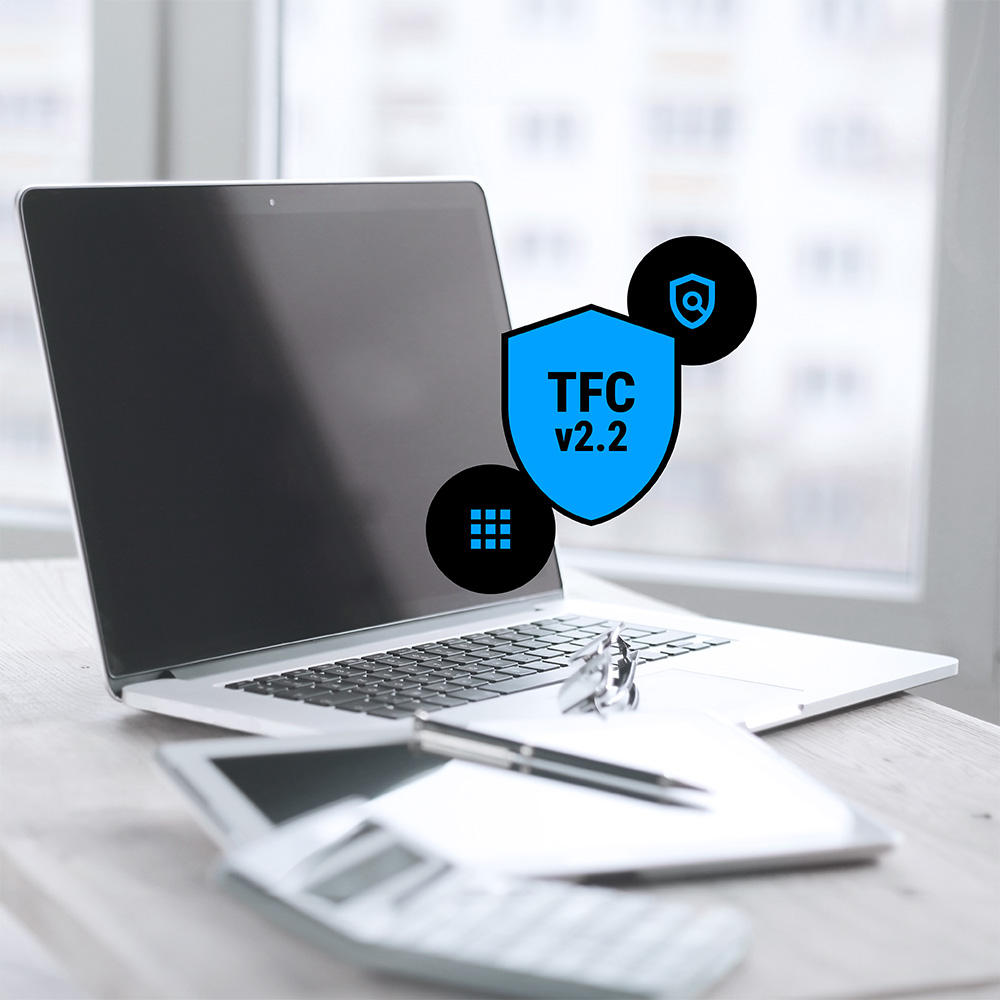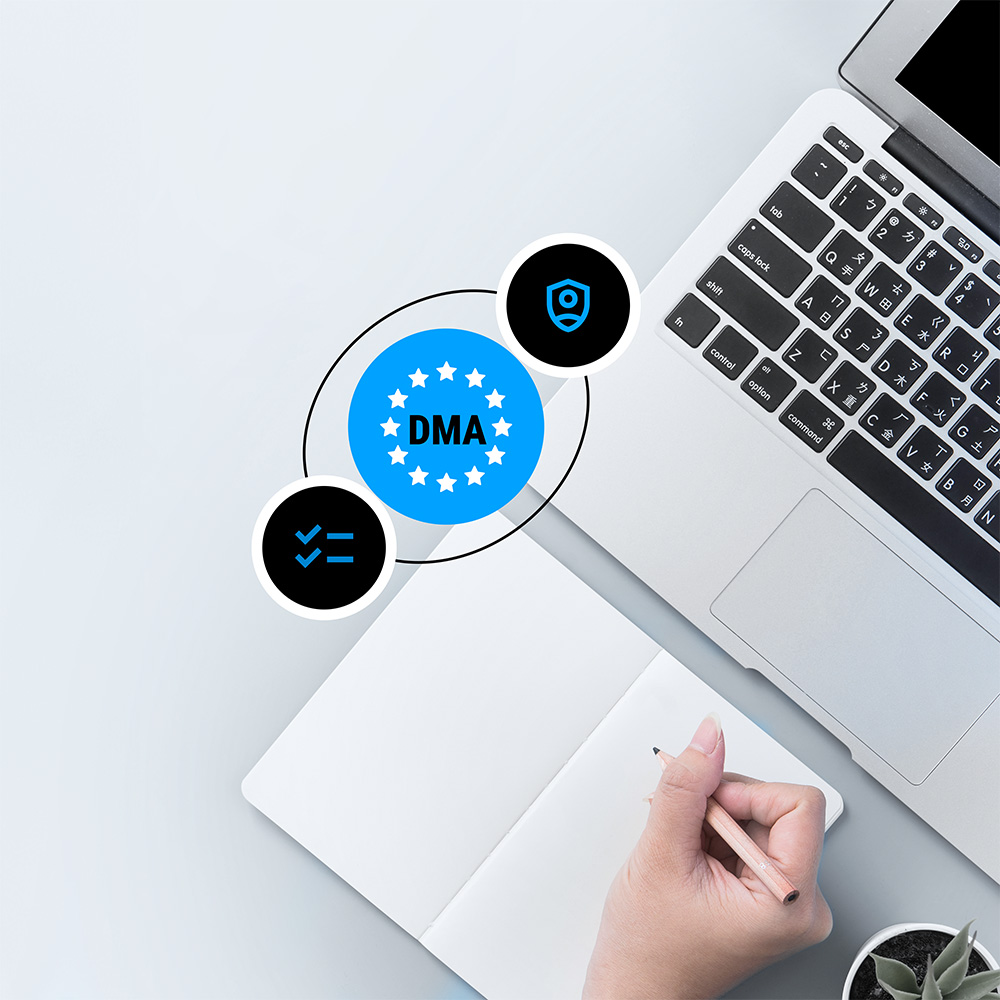Protecting personal data is more critical than ever. As organizations handle vast amounts of information, understanding the distinctions between various data types — such as Personally Identifiable Information (PII), Personal Information (PI), and sensitive data — becomes essential.
These classifications play a significant role in data privacy and security, helping companies determine compliance requirements with global privacy regulations while safeguarding individual privacy.
By differentiating among these types of data, organizations and website owners can implement appropriate security measures and build trust with their customers.
Understanding various data types
Understanding the nuances among different data types is essential for effective data privacy and security management. Distinguishing between Personally Identifiable Information (PII) vs Personal Information (PI) vs sensitive data enables companies to safeguard individuals’ privacy and comply with relevant regulations.
Before we delve into the specifics of each data type, here’s a brief overview of PII vs PI vs sensitive data:
- PII: This includes any information that can identify an individual, like names, Social Security numbers, or email addresses.
- PI: This broader category covers any information related to a person, even if it doesn’t identify them on its own, such as a common name or web browsing activity.
- Sensitive data: This subset of PI requires extra protection due to its potential for harm if exposed, like medical records, sexual orientation, or financial information.
Recognizing these data types is essential for regulatory compliance, as laws like the General Data Protection Regulation (GDPR) and the California Privacy Rights Act (CPRA) have specific requirements for handling personal data.
Accurate classification supports compliance and enhances risk management by enabling organizations to implement tailored security measures that mitigate the risk of data breaches and data exposures. Moreover, a deep understanding of data types strengthens user trust, as companies that implement smart data collection strategies and prioritize data protection foster stronger, more reliable relationships with their customers.
What you need to know about Personally Identifiable Information (PII)
What is PII?
Personally Identifiable Information (PII) refers to any data that can be used to identify a specific individual. This includes information that can directly identify a person or can be used in combination with other data to identify someone.
This definition is widely used by privacy professionals and aligns with interpretations from organizations like the National Institute of Standards and Technology (NIST) in the United States. We specify this because there is not a single, global definition of Personally Identifiable Information or what types of information it encompasses. As a result, specific definitions of PII can differ across organizations and borders. Different regulations also use different language and have different levels of detail in describing these categories.
What are the different types of PII?
There are two main types of PII:
- Direct identifiers: Information that can immediately identify an individual, such as full name, Social Security number, or passport number.
- Indirect identifiers: Data that, when combined with other information, can lead to the identification of an individual, like date of birth, place of work, or job title.
Additionally, PII can be classified as sensitive or non-sensitive, depending on the potential harm that could result from its disclosure or misuse.
Sensitive PII refers to information that, if disclosed or breached, could result in substantial harm, embarrassment, inconvenience, or unfairness to an individual. This type of PII requires stricter protection measures due to its potential for misuse. Many data privacy laws specifically address sensitive data and apply additional restrictions and protection requirements to it.
Non-sensitive PII, on the other hand, is information that can be transmitted in an unencrypted form without resulting in harm to the individual. While it still requires protection, the security measures may not be as stringent as those for sensitive PII.
Examples of PII
PII encompasses a wide range of data points that can be used to identify an individual. So it’s important to understand specific examples for each category. Doing so enables your company to implement appropriate security measures and make it a consideration of data strategy for marketing and other operations.
Sensitive PII includes information that, if disclosed, could lead to significant harm or privacy violations. Examples of sensitive PII are:
- Social Security number
- driver’s license number
- financial account numbers (e.g., bank account, credit card)
- passport number
- biometric data (fingerprints, retinal scans)
- medical records
- genetic information
On the other hand, non-sensitive PII refers to information that is less likely to cause harm if disclosed but still requires protection. Examples of non-sensitive PII include:
- full name
- email address
- phone number
- physical address
- IP address
- date of birth
- place of birth
- race or ethnicity
- educational records
- employment information
It’s important to note that even non-sensitive PII can pose privacy risks when combined with other data. Therefore, it’s recommended that companies aim to protect all types of PII data that they collect and handle.
PII under GDPR
While the term “Personally Identifiable Information” is not explicitly used in the GDPR, the regulation encompasses this concept within its broader definition of “personal data.”
However, there are some key differences in how PII is treated under the GDPR compared to other data privacy laws:
- Expanded scope: The GDPR takes a more expansive view of what constitutes identifiable information. It includes data that might not traditionally be considered PII in other contexts, such as IP addresses, cookie identifiers, and device IDs.
- Context-dependent approach: Under the GDPR, whether information is classified as personal data (and thus protected) depends on the context and the potential to identify an individual, rather than fitting into specific predefined categories of PII.
- Pseudonymized data: The GDPR introduces pseudonymization, a process that changes personal data so it can’t be linked to a specific individual without additional information. While pseudonymized data is still classified as personal data under GDPR, it is subject to slightly relaxed requirements.
- Data minimization principle: The GDPR emphasizes the importance of data minimization, which aligns with but goes beyond traditional PII protection practices. Organizations are required to collect and process only the personal data that is necessary for the specific purpose they have declared.
- Risk-based approach: The GDPR requires companies to evaluate the risk of processing personal data, including what is traditionally considered PII. This assessment determines the necessary security measures and safeguards.
The key takeaway brands should understand is that the GDPR offers a detailed framework for protecting personal data, covering more types of identifiable information than traditional PII definitions. Companies need to understand these distinctions to achieve compliance and protect individuals’ privacy.
PII compliance best practices
To effectively protect PII data and enable compliance with relevant regulations, organizations can implement best practices tailored to their specific data handling processes. Doing so not only helps mitigate risks associated with data breaches but also fosters trust among customers and stakeholders.
Here are some key best practices for PII compliance:
- Conduct regular data audits to identify and classify PII.
- Use encryption and access controls to protect sensitive information.
- Develop and enforce clear policies for how PII is collected, processed, and stored.
- Train employees regularly on data protection and privacy best practices.
- Apply data minimization techniques to collect only necessary information.
- Implement secure methods for disposing of PII when it is no longer needed.
- Keep privacy policies updated and obtain user consent for data collection and processing.
- Perform periodic risk assessments and vulnerability scans to identify and address security weaknesses.
- Have an incident response plan ready to manage potential data breaches effectively.
PII violation and its consequences
Violations of PII protection can have serious consequences for both individuals and organizations. For individuals, this can lead to identity theft, financial fraud, and reputational damage, causing emotional and financial stress.
For organizations, the risks are significant. Non-compliance can result in hefty legal penalties, such as fines of up to EUR 20 million or 4 percent of global annual revenue under regulations like the GDPR. Companies may also face reputational damage, loss of customer trust, and reduced revenue. You could also experience operational disruptions and increased costs from addressing data breaches, including legal fees, new reporting requirements to data protection authorities, and the need to implement stronger security measures.
What you need to know about PI (personal information)
What is personal data?
Personal data is any information that can identify an individual. It encompasses a broader range of data points than PII. It also includes both direct identifiers (like names and Social Security numbers) and indirect identifiers (like location data and online IDs) that can identify someone when combined with other information.
In short, all PII is personal data, but not all personal data is considered PII.
Personal data is a key concept in data protection laws, including the GDPR and the California Consumer Privacy Act (CCPA).
Personal information examples
Personal information can include a variety of data types, both objective and subjective:
Objective data types are factual, measurable, and verifiable. This includes:
- full name
- date of birth
- Social Security number
- phone number
- email address
- IP address
- financial information (e.g., bank account numbers, credit card details)
- biometric data (e.g., fingerprints, facial recognition data)
Subjective data types are based on personal opinions, interpretations, or evaluations. This involves:
- Performance reviews
- Customer feedback
- Personal preferences
- Medical symptoms described by a patient
- Personality assessments
Both objective and subjective data can be considered personal information if they can be linked to an identifiable individual.
It’s important to note that even publicly available information can be considered personal data in some jurisdictions. For instance, under the CCPA, publicly available information is generally excluded from the definition of personal information. However, even publicly available information can be considered personal data under the GDPR.
Personal data under the GDPR
The GDPR defines personal data in Article 4(1) as, “‘personal data’ means any information relating to an identified or identifiable natural person (‘data subject’); an identifiable natural person is one who can be identified, directly or indirectly, in particular by reference to an identifier such as a name, an identification number, location data, an online identifier or to one or more factors specific to the physical, physiological, genetic, mental, economic, cultural or social identity of that natural person.”
This definition encompasses a broad scope and includes both direct identifiers (like names) and indirect identifiers (like location data). Given this definition, here are the key features of personal data as defined under the GDPR:
- Direct and indirect identifiers: Both are considered personal data, emphasizing the need to understand the context of information to identify individuals.
- Data collection context: The specifics of how and why data is collected and processed determine if it qualifies as personal data.
- Pseudonymized data: Even if data is pseudonymized, it is still classified as personal data if it can be re-identified. In contrast, anonymized data, where the possibility of re-identification has been eliminated, falls outside the scope of the GDPR.
- Applicability: The GDPR covers both automated and manual processing of personal data.
- Special categories: The regulation also includes sensitive data such as racial or ethnic origin, political opinions, religious beliefs, and health information.
PI compliance and best practices
To achieve and maintain compliance with data protection regulations and safeguard people’s personal information, companies can adopt the following best practices.
- Conduct regular data audits: Identify and classify all personal information within your company.
- Implement data minimization: Collect and retain only the personal data necessary for specific and legitimate purposes. Regularly delete unnecessary data.
- Manage consent and preferences: Use a consent management platform (CMP) to clearly explain how you’ll use personal information. Provide easy-to-use opt-in and opt-out options, allowing people to control their data preferences. A CMP can help automate this process, making it easier to comply with regulations and manage user choices across your digital properties.
- Check partners’ data collection: Make sure any third parties you work with protect personal information properly. Be transparent about your data-selling practices, and confirm that all partners have strong safeguards, as you could still be held responsible for how they handle data on your behalf.
- Train your team: Regularly educate all employees about the importance of protecting personal information and how to do it.
- Handle requests efficiently: Set up a system to quickly respond when people ask to see, change, or delete their personal information, depending on their particular rights.
- Assign responsibility: If required by law or as a best practice, designate a Data Protection Officer to oversee data protection compliance.
By implementing these best practices, companies can better protect personal information, build trust with their customers, and reduce the risk of data breaches and penalties.
What you need to know about sensitive information
What is sensitive data?
Sensitive data is confidential information that requires protection from unauthorized access or disclosure. If this data is compromised, it could lead to harm, discrimination, or negative consequences for the affected individual or organization. Sensitive information includes a broad range of information, such as certain kinds of PII, and also financial records, health data, and proprietary business details.
Examples of sensitive information
Sensitive information comes in various forms, and understanding these categories is essential for effective data protection. Common examples of sensitive personal data include:
- Personal data: Full names, home addresses, phone numbers, Social Security numbers, driver’s license numbers
- Financial information: Bank account numbers, credit card details, payment information
- Health data: Medical records, health insurance information, protected health information (PHI)
- Employee data: Payroll information, performance reviews, background checks
- Intellectual property: Trade secrets, proprietary code, product specifications
- Access credentials: Usernames, passwords, PINs, biometric data
- Industry-specific data: Retail sales figures, legal case information, research data
- Identity data: Political affiliation, religious beliefs, sexual or gender orientation
How GDPR treats sensitive data
Under the GDPR, sensitive personal data, also known as special categories of data, includes information about a person’s race, political beliefs, religion, union membership, genetic and biometric data, health, and sexual orientation.
Processing this type of data is generally only allowed if specific conditions are met. For instance, individuals must give explicit consent for their sensitive data to be used. It can also be processed if necessary for employment, legal claims, public interest, healthcare, or research.
How to safeguard sensitive data
Organizations must take extra precautions to protect sensitive data. So to safeguard sensitive information, here are some recommendations for companies.
- Implement data classification: Categorize data based on sensitivity levels to minimize processing and apply appropriate security measures.
- Limit access: Restrict access to sensitive data on a need-to-know basis and implement strong authentication methods.
- Use encryption: Encrypt sensitive data both at rest and in transit to prevent unauthorized access.
- Conduct regular audits: Perform security assessments to identify vulnerabilities, identify processes or data that are no longer needed, and maintain compliance with data protection regulations.
- Train employees: Educate staff on an ongoing basis about data security best practices and the importance of protecting sensitive information.
- Implement security technologies: Utilize firewalls, intrusion detection systems, and data loss prevention tools to safeguard sensitive data.
- Develop incident response plans: Create and maintain policies and procedures for responding to data breaches or unauthorized access attempts and communicating with authorities and affected data subjects.
By following these practices, companies can significantly reduce the risk of sensitive data exposure and maintain compliance with relevant data protection regulations
PII vs. PI vs. sensitive data comparison
Know your data types to better comply with global privacy laws
Safeguarding personal data — whether it falls under PII, PI, or sensitive data — is a fundamental responsibility of any organization. Each data type requires specific protection strategies, from encryption to strict access controls, to prevent unauthorized access and potential breaches.
Understanding the nuances between these data categories not only ensures compliance with global privacy laws but also fortifies the trust between your company and your customers. As the regulatory landscape continues to evolve, maintaining a proactive approach to data protection will be key to securing both sensitive information and organizational reputation.



